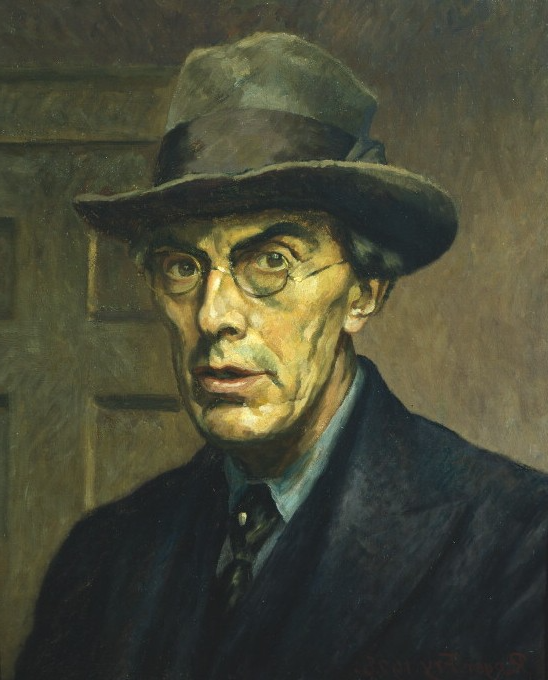Roger Fry: Painter and Pioneer of Post-Impressionism
Born: December 14, 1866, in London
Death: 9 September 1934, London
Art Movement: Post-Impressionism
Nationality: British
Influenced by: Van Gogh and Gauguin
Institutions: Clifton College, King’s College, Cambridge University, and Slade School of Fine Art, University College London.
Roger Fry: Painter and Pioneer of Post-Impressionism
Life and Career of Roger Fry
Roger Fry, an influential English painter and art critic in the early 20th century, was a figure of influence in the art world. His work and life span major in artistic styles and thinking.
Early Life and Education
Roger Eliot Fry was born on December 14, 1866, in London to a wealthy Quaker family. His parents emphasized on hard work and faith.
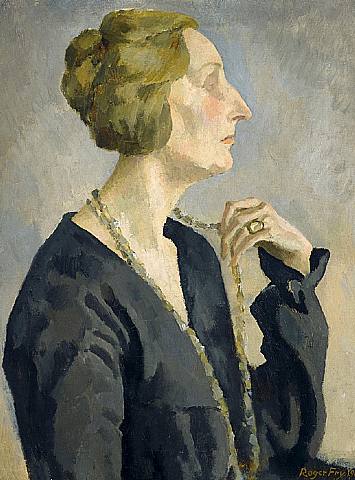

Fry studied at Clifton College as a young man. He studied Natural Sciences in King’s College at Cambridge University.
Fry’s art interest grew at Cambridge. The Slade Professor J.H. Middleton fostered this passion. Fry decided to pursue the arts instead of science after graduating. Fry’s family was disappointed by his decision.
Professional Evolution
Fry started his career as an artist. He studied at London’s Slade School of Fine Art. He also traveled to Italy for painting lessons.
Fry’s interest in art history and criticism grew over time. Fry began writing for The Burlington Magazine. He became more knowledgeable about Old Master paintings. He became an art historian and gave many lectures.
Influence on Early 20th Century Art
Fry’s greatest impact was his support for modern French painting. He coined “Post-Impressionism”, a new term to describe this style.
He organized two important London exhibitions between 1910 and 1912. These exhibitions introduced British audiences with artists such as Cezanne and Van Gogh.
Fry’s lectures and writings helped people to understand modern art. He was the first to bring modern art into the public’s awareness in Britain. His ideas changed the way people thought and viewed art.
Involvement with the Bloomsbury Group
Fry was an integral member of London’s Bloomsbury Group – an exclusive circle of artists, writers and thinkers. He formed close bonds with other members such as Vanessa Bell and Duncan Grant.

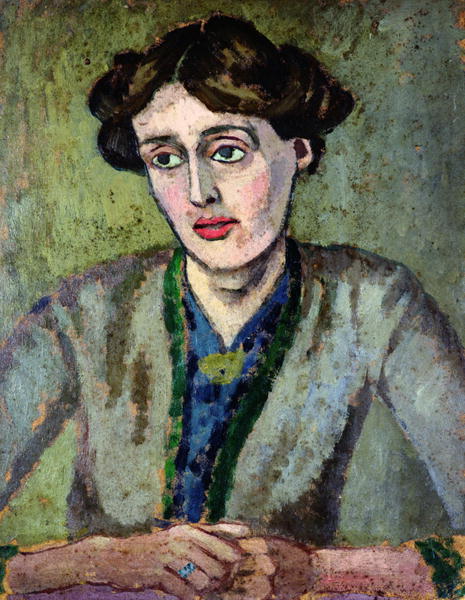
This group frequently met to discuss art and ideas; Fry’s thoughts on modernism influenced other members, and their influence helped spread new artistic concepts across England. Roger worked closely with Bell and Grant on various art projects together, helping spread new artistic movements through England.
Fry’s role in the Bloomsbury Group heightened his influence over British culture. Through sharing his ideas with fellow creative thinkers, Fry helped shape early 20th-century art and thought in Britain.
Artistic Contributions and Philosophy
Roger Fry made significant artistic and philosophical contributions in the early 20th century. He developed new aesthetic theories while championing new artistic movements.
Post-Impressionism and Its Advocacy
Fry brought Post-Impressionism into Britain with two exhibitions that took place at London’s Grafton Galleries in 1910 and 1911. The exhibits featured works by Cezanne Matisse and Van Gogh.
Fry played a key role in the spread of avant-garde arts across Britain. His support helped to shift the taste away from conventional pieces and towards experimental ones.
Association with Omega Workshops
Fry founded in 1913 the Omega Workshops. This design collective brought Post-Impressionist concepts to decorative arts. The group produced furniture, textiles and pottery in bold colors with abstract patterns.
Omega’s designs were revolutionary for their time. They rejected Victorian fussiness and favored simpler forms. Artists like Vanessa Bell, Duncan Grant and others were able to experiment with applied arts in the workshops.
Omega was a short-lived workshop, but it had a lasting impact on British design. It bridged the gap between fine arts and everyday objects.
Aesthetic Theories and Art Criticism
Fry developed theories that have influenced how art is judged. He concentrated on the “formal” properties of paintings, such as line, shape and color.
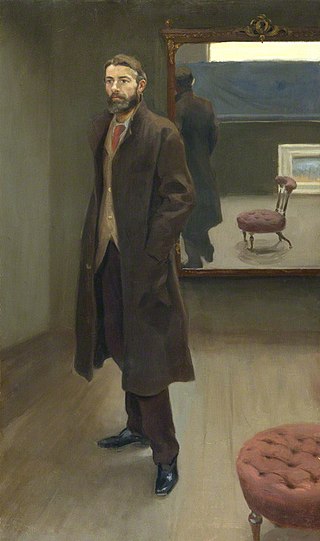
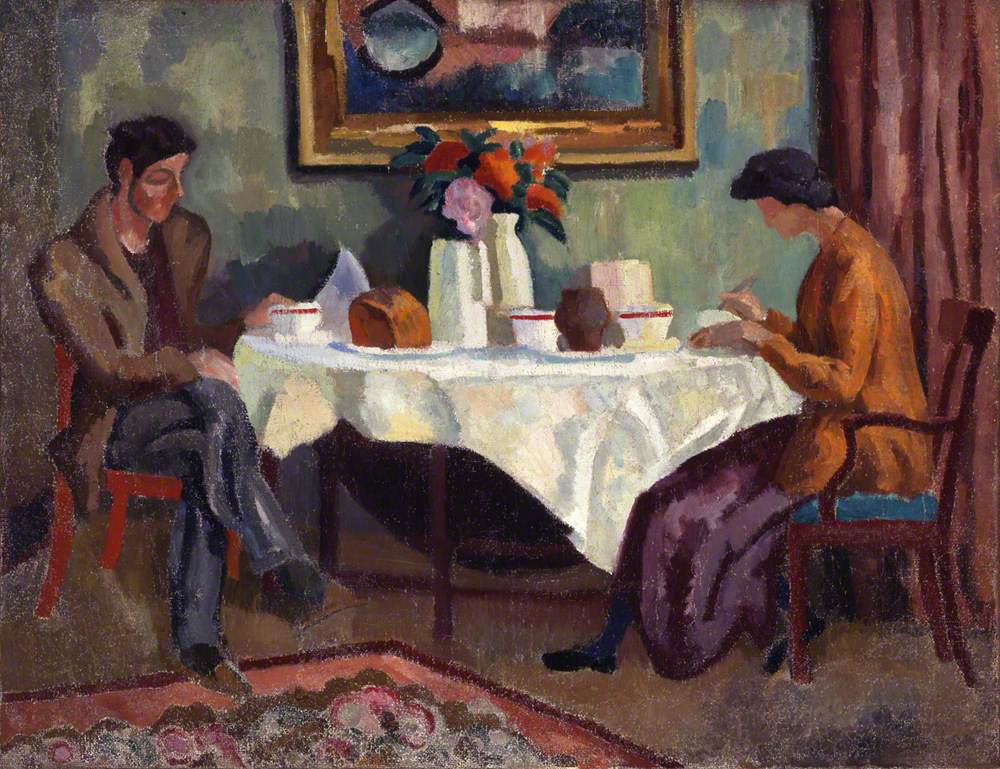
Fry argued that these elements were far more important than the subject matter or realist aspects.
In his 1920 book, “Vision and Design”, Fry outlined key concepts about art appreciation. Fry thought viewers should view art objectively and set aside their personal preferences. He encouraged people see the structure beneath paintings.
Fry’s approach to criticism influenced how many people viewed modern art. Later critics such as Kenneth Clark were influenced by his ideas. Fry created a new vocabulary for abstract and non-representational artwork.
Impact and Legacy
Roger Fry’s influence on British art and critics is profound. His work and ideas shaped the way people thought of modern art in years to come.
Elevating Modern French Art
Fry introduced Post-Impressionist art to Britain. He organized two major shows in London between 1910 and 1912.
The British public was introduced to artists such as Henri Matisse through these shows. The bright colors and odd shapes shocked many people. Fry explained why this new art was important. He explained the goals and methods of artists in his writings.
Fry’s work changed the way British critics and artists viewed modern French art. Before, it was dismissed or ignored by many. More people began to take it seriously after Fry’s performances. This change opened new doors for British artists.
Enduring Works and Exhibitions
Fry’s paintings and designs are still on display in museums. His work is in the Metropolitan Museum of Art, and Courtauld Institute of Art. Art historians still use his book on Giovanni Bellini. This book shows Fry’s ability to look closely at Renaissance paintings.
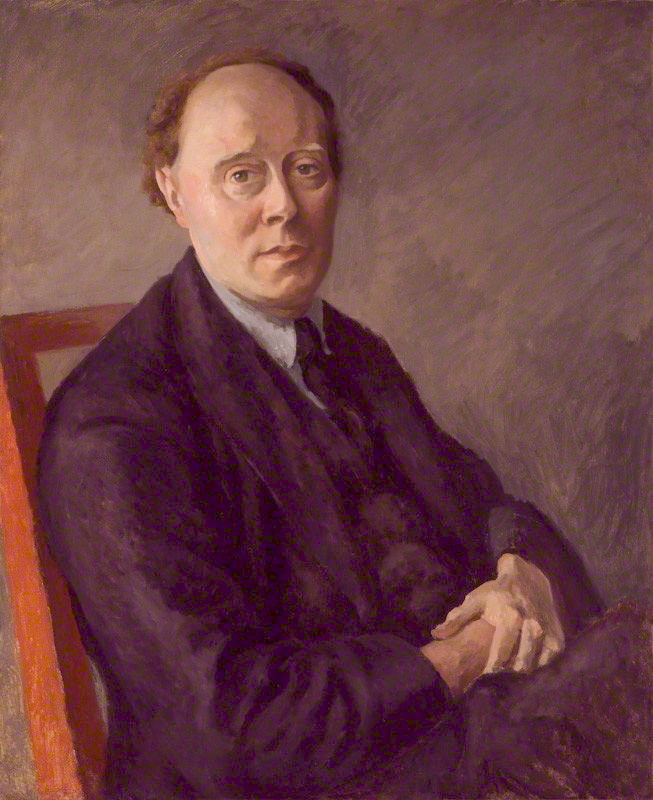

Fry was also involved in the Omega Workshops. The Omega Workshops was a design group that produced modern textiles and furniture.
The bright colors and simple shapes introduced new ideas into British homes. The workshops closed down in 1919 but their influence lasted.
Influence on Future Artists and Critics
Fry’s ideas helped shape the way later critics viewed art. He emphasized the importance of looking at a picture’s colors and forms, rather than its story. This new way of looking at art became very popular.
Fry’s ideas inspired artists like David Bomberg. Fry’s interest for African sculptures helped other artists to appreciate non-Western art. Virginia Woolf, his friend, wrote his biography and spread his ideas.
Fry’s legacy lives on at the Courtauld Institute. The Courtauld Institute teaches art history with methods Fry developed. Students and teachers are still inspired by his push to look at art in a new way.
Frequently Asked Questions
Roger Fry had a major impact on the art world as a painter and critic. He helped to shape ideas about modern art in Britain and brought new styles.
What is Roger Fry best known for in the art world?
Roger Fry played a major role in the Bloomsbury Group. He spread new ideas in England about modern art. Fry was a painter as well as an art critic.
How did Roger Fry contribute to the concept of formalism?
Fry was interested in how the artworks were created and not only what they displayed. He concentrated on the shape, color and composition of a painting. This way of looking at art is called formalism.
Can you elaborate on Roger Fry’s involvement with the Post-Impressionist Exhibition?
In 1910, Fry presented a large show in London called “Manet and the Post-Impressionists”. This show introduced new French art into England for the very first time. This show caused a sensation and changed the way people think about art.
What impact did Roger Fry have on the Tate collection?
Fry was instrumental in bringing modern art to the major museums. Tate Gallery has now acquired works by artists Fry championed, such as Cezanne and Matisse. Tate Gallery also has Fry’s paintings.
In what way is Roger Fry connected to the Courtauld Institute of Art?
Fry taught at the Slade School of Fine Art. His views on art criticism and art history influenced the way art was taught. His approach to art was influential on the Courtauld Institute that opened after Fry’s death.
Did Roger Fry play a pivotal role in defining Post-Impressionism?
Fry coined the term “Post-Impressionism.” He used the term to describe artists such as Van Gogh, Gauguin and others. His writings helped to explain this new art style to the public.


